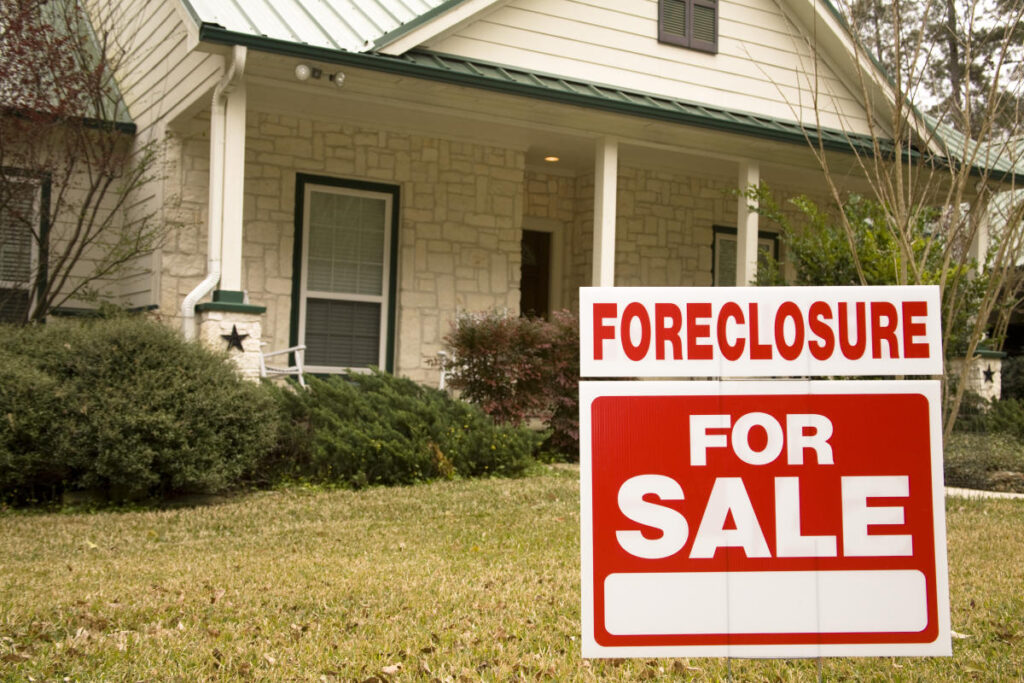Foreclosure is a legal process initiated by lenders when a borrower defaults on their mortgage, intending to reclaim funds owed on a loan. In essence, when homeowners are unable to keep up with their mortgage payments, the lender retains the right to take possession of the property used as collateral, subsequently selling it to mitigate financial losses. The specifics of how foreclosure operates can vary significantly depending on the state laws where the property is situated. It’s critical for homeowners to understand these laws, as most lenders typically initiate foreclosure proceedings only after several months of missed payments. Before reaching that point, borrowers generally have ample opportunity to rectify their defaults before facing foreclosure.
There are two primary forms of foreclosure: judicial and non-judicial. Judicial foreclosure requires the lender to file a lawsuit, allowing homeowners a chance to contest the action in court. If the homeowner loses, the house is auctioned off to the highest bidder. Conversely, non-judicial foreclosure is often faster and lacks a court hearing, as it utilizes a power-of-sale clause in the mortgage contract. This clause permits lenders to initiate the foreclosure process independently if a borrower defaults. The latter process is prevalent but can be complex, especially in states like Connecticut and Vermont, where “strict foreclosure” may come into play, reverting property ownership to the lender if the borrower cannot pay the owed amount by a court-imposed deadline.
The timeline of foreclosure typically follows a set progression, regardless of the state’s procedures. Initially, after missing a payment, homeowners enter a default status, prompting communication from the lender. Most lenders will reach out via phone or written notice, and at this stage, they might still be open to negotiating a repayment plan. If three consecutive payments are missed, the lender will issue a demand letter, giving the borrower 30 days to rectify the default. This represents a crucial point for homeowners to engage with their lenders about adjusting payment terms or modifying the loan.
In non-judicial foreclosure scenarios, after several months of missed payments, lenders will file a Notice of Default (NOD) with the county office, publicly recording the borrower’s default status. This notice informs the borrower of the actions needed to rectify the situation and outlines the lender’s intent to sell the property. Even after filing the NOD, homeowners still have the opportunity to negotiate with their lenders. Once a public trustee’s sale is scheduled, the situation remains fluid, allowing borrowers until the day of the auction to resolve their default status.
The auction, also known as a public trustee’s sale, represents a pivotal moment in the foreclosure process, with properties awarded to the highest bidders. Furthermore, after the auction, there may still be a chance for borrowers to reclaim their homes through a process called redemption. This involves paying off the outstanding mortgage balance along with associated foreclosure costs within a designated redemption period, which can vary by state. If homeowners fail to complete this, they must vacate the property once the new owner takes possession.
Homeowners facing financial difficulties are strongly advised to communicate promptly with their lenders to explore available options that might help avoid foreclosure. Many lenders offer assistance programs and may be willing to consider loan modifications or refinancing. Further, seeking guidance from housing counselors can provide essential support, helping borrowers understand their rights, manage finances, and facilitate negotiations with lenders. It’s worth noting that lenders generally prefer working with borrowers to bring their accounts current rather than pursuing foreclosure, as the latter often incurs significant costs and losses. Open communication between borrowers and lenders can significantly influence foreclosure outcomes, making early intervention crucial.

